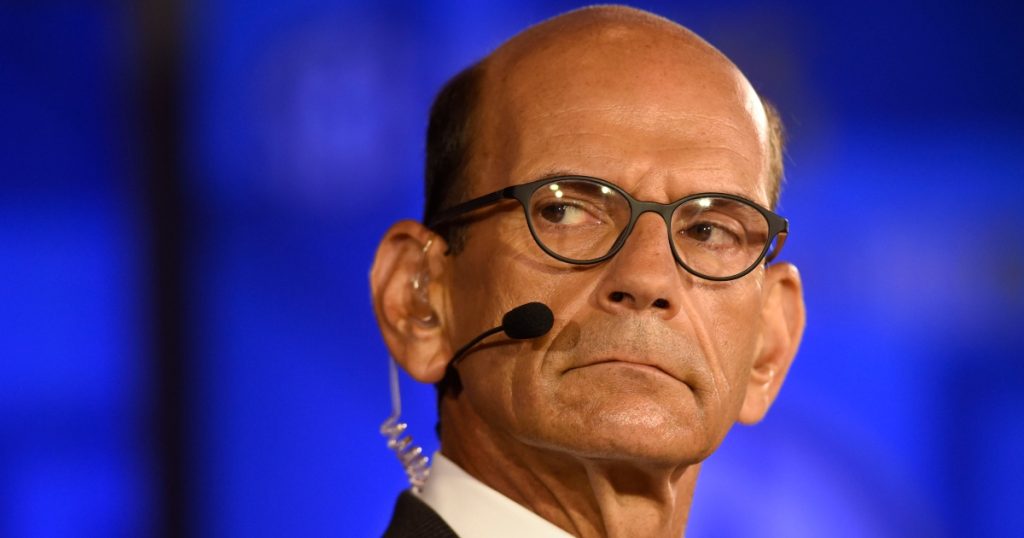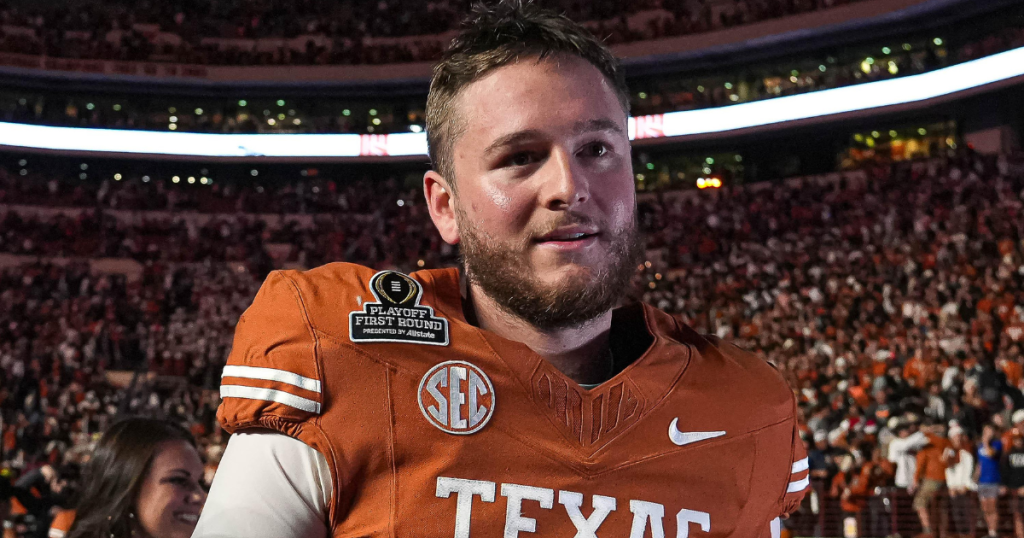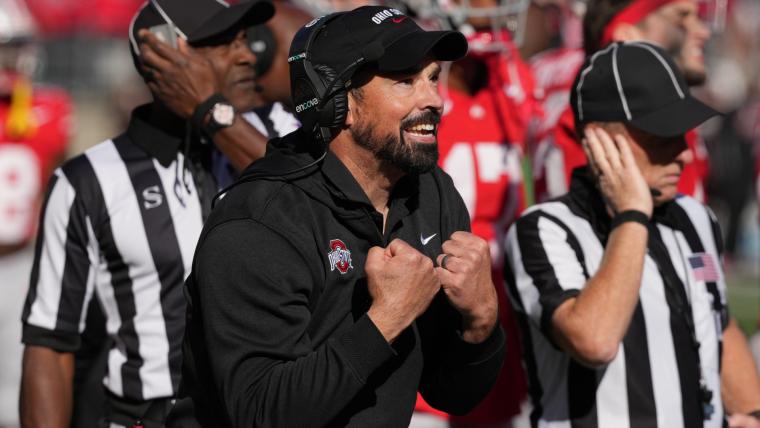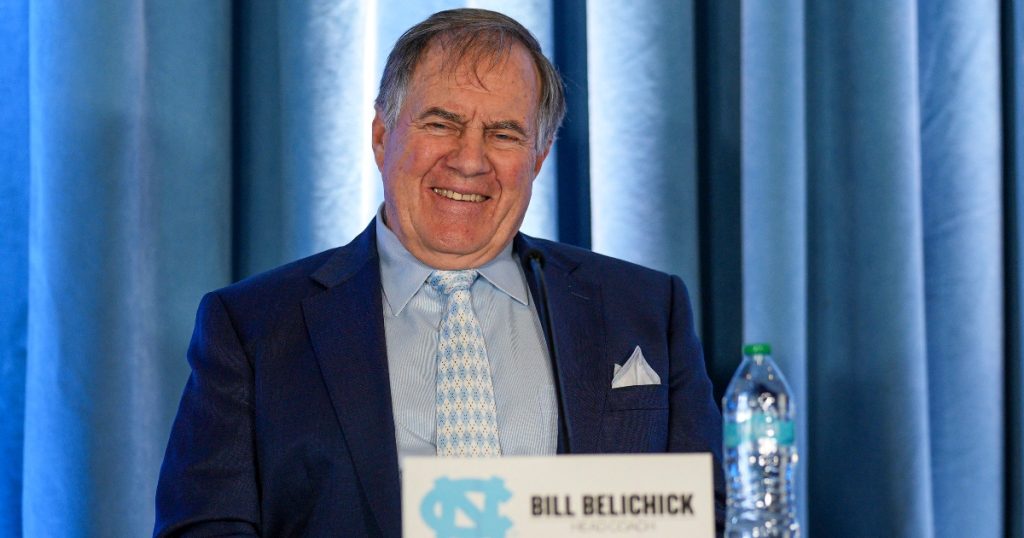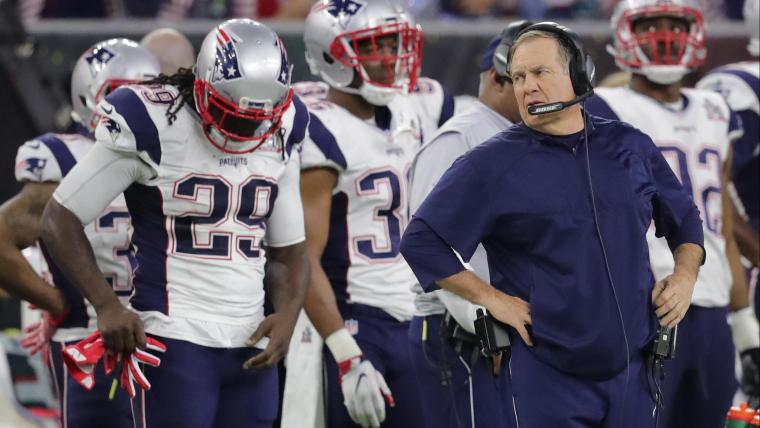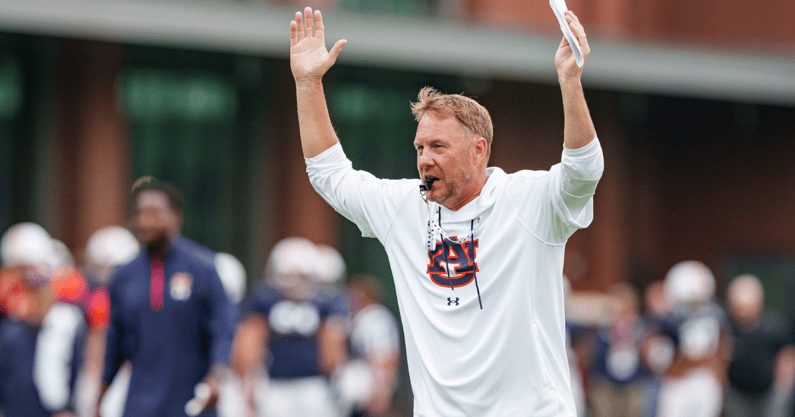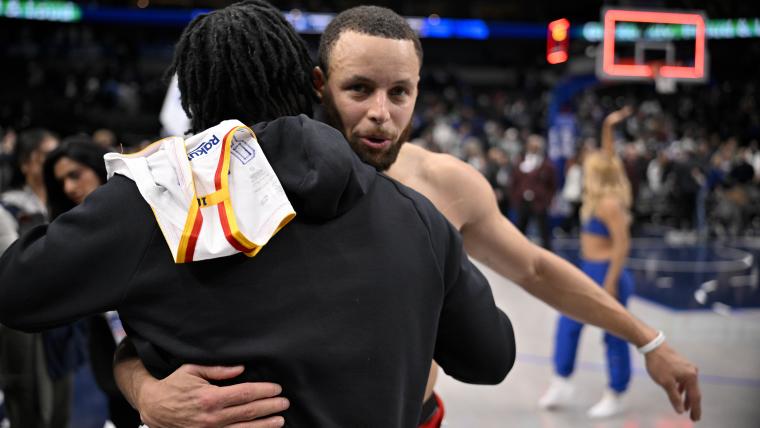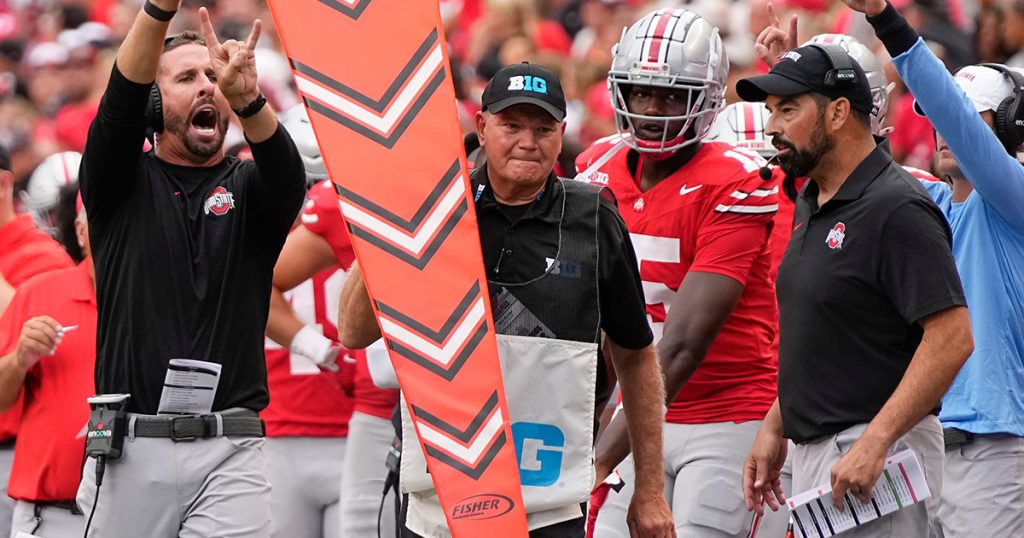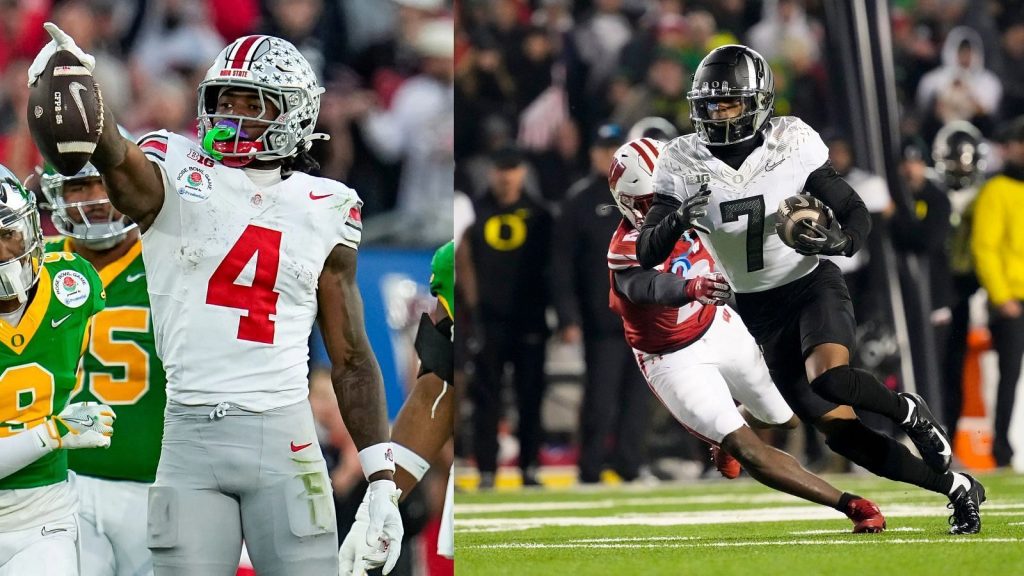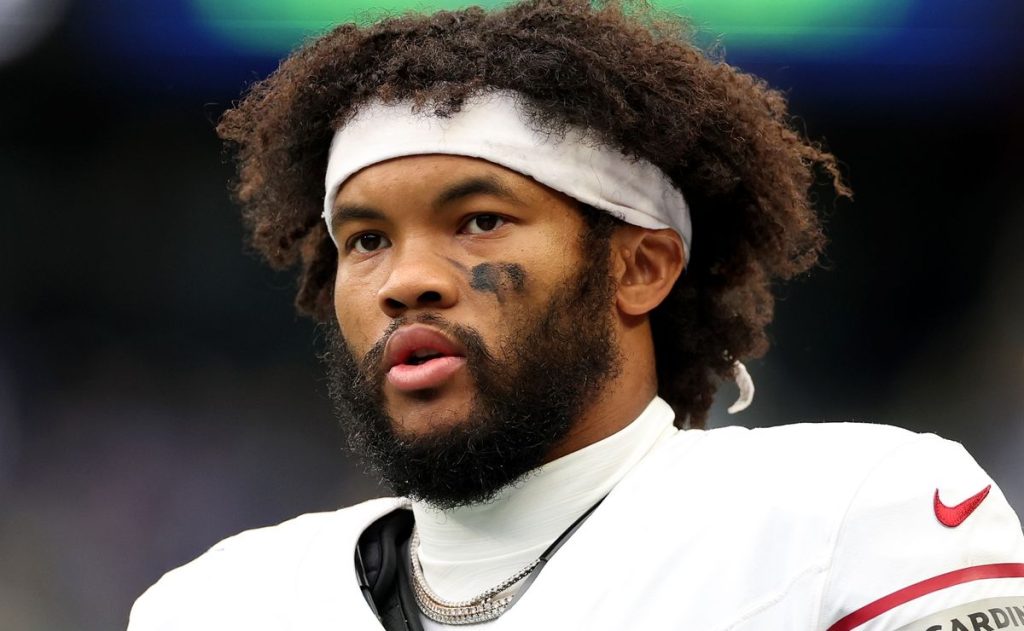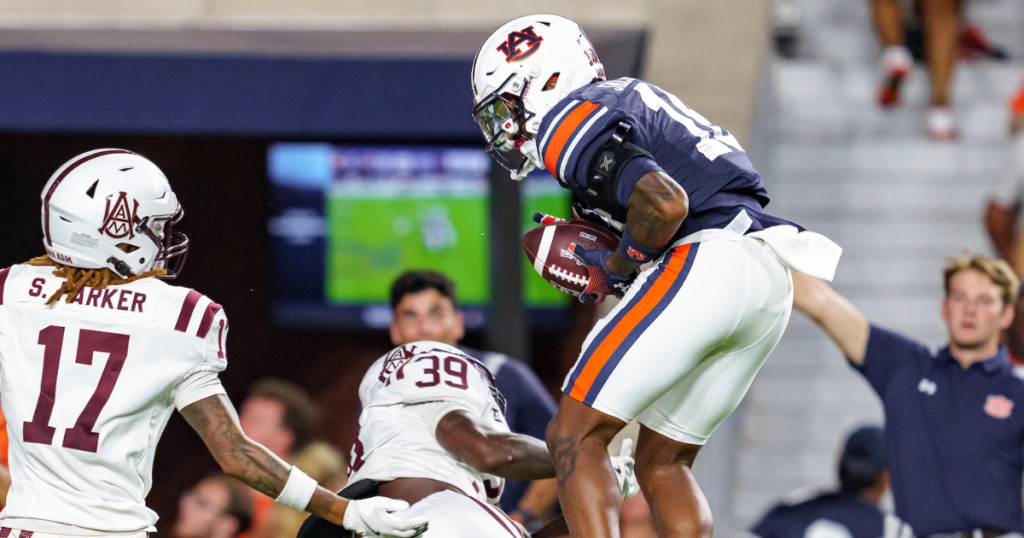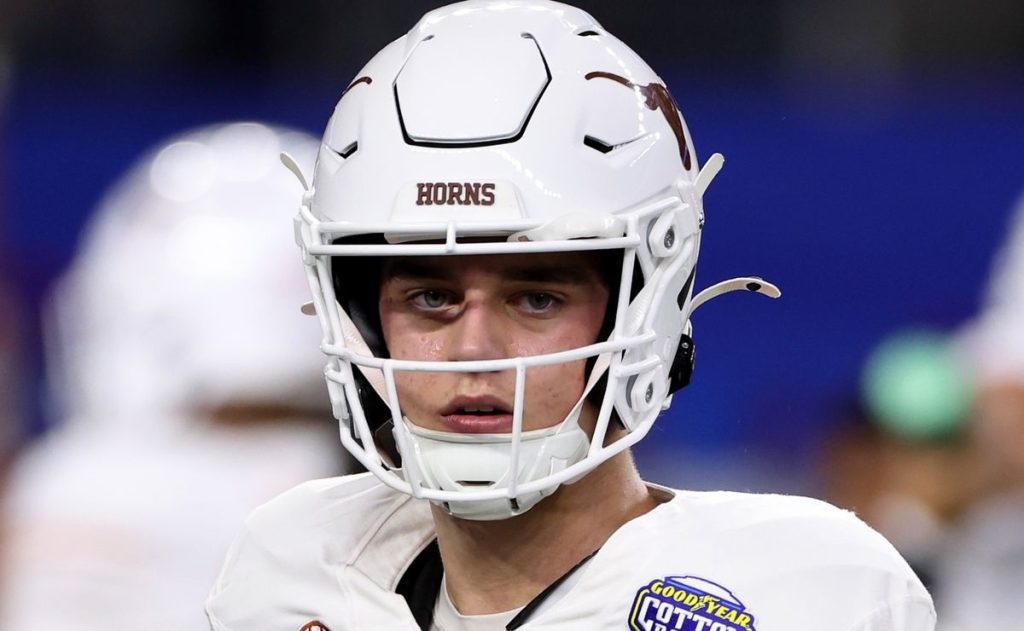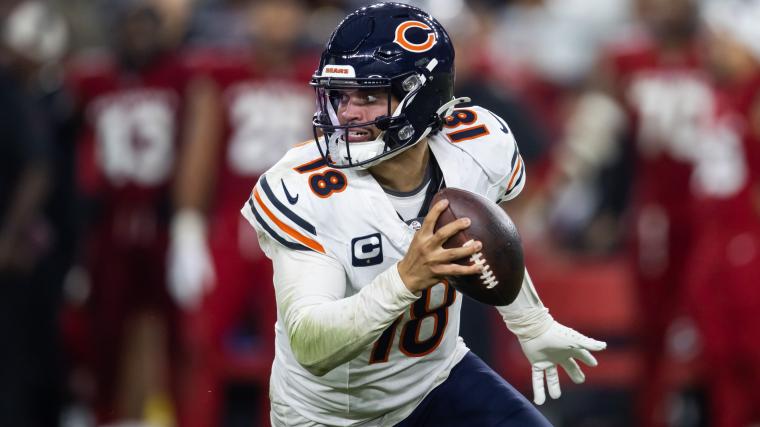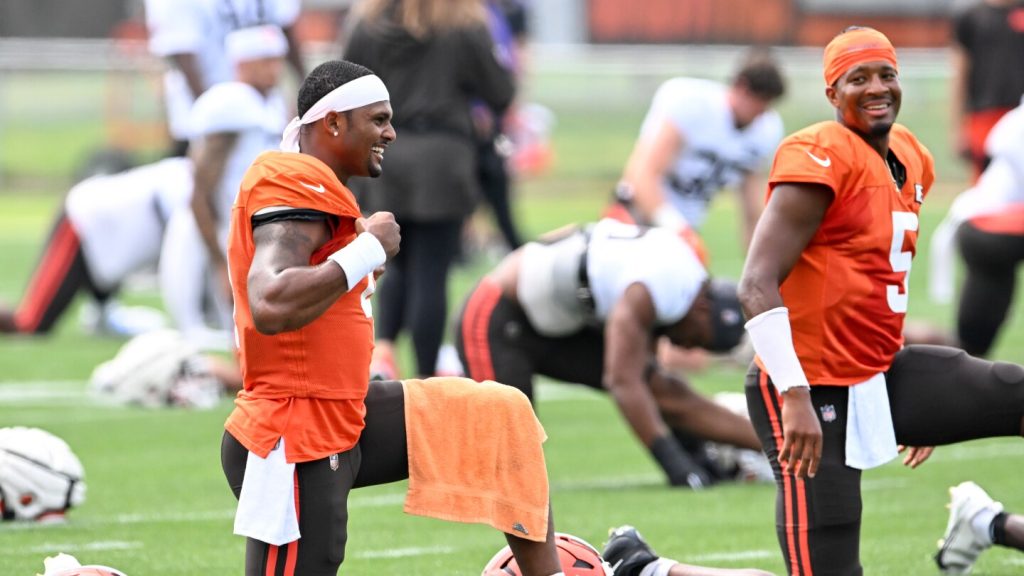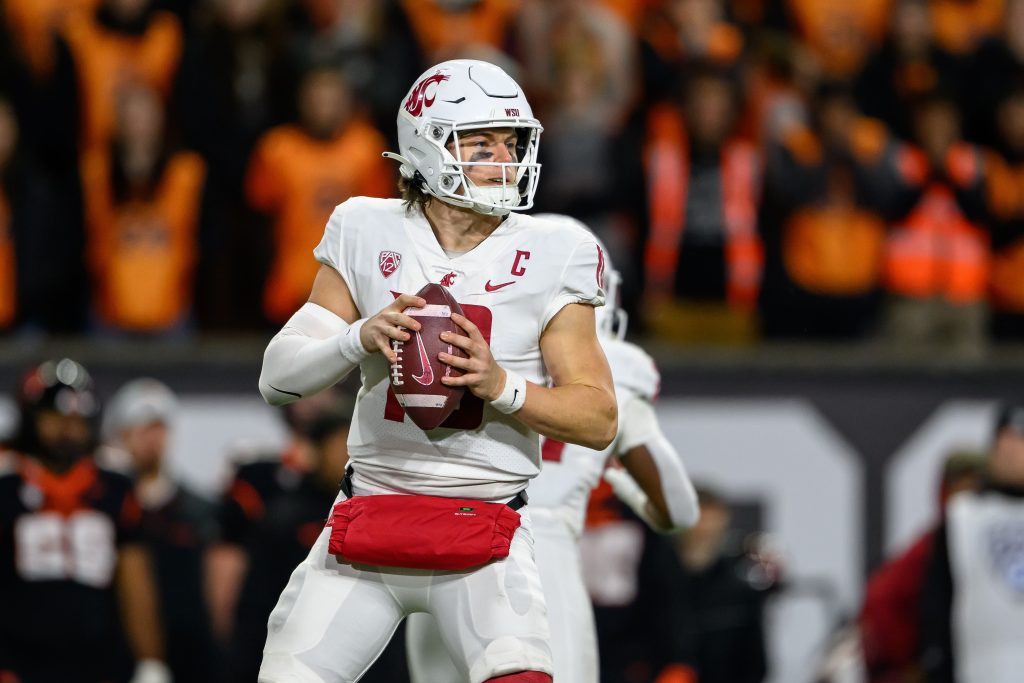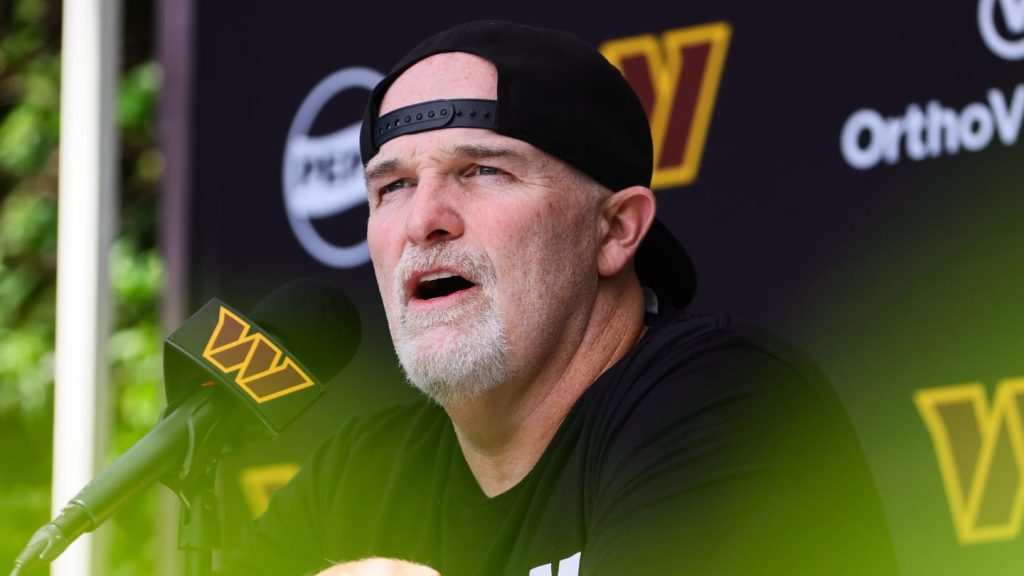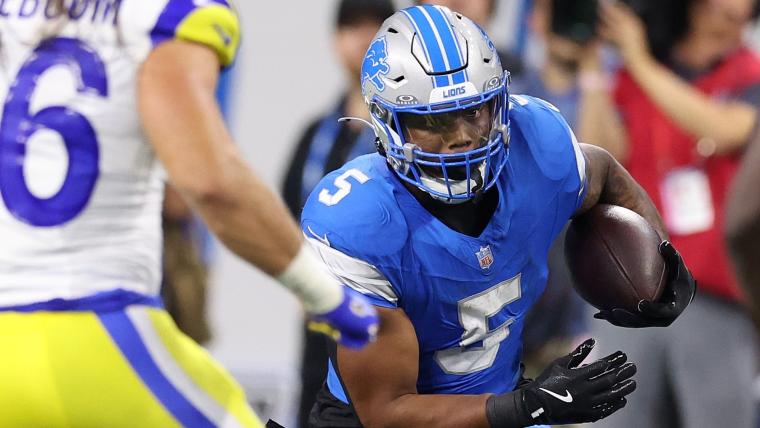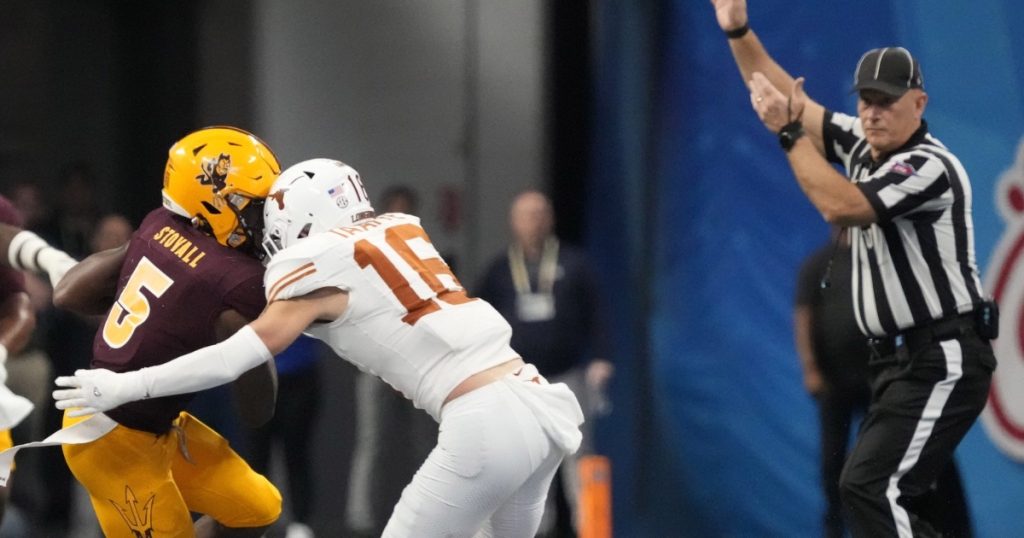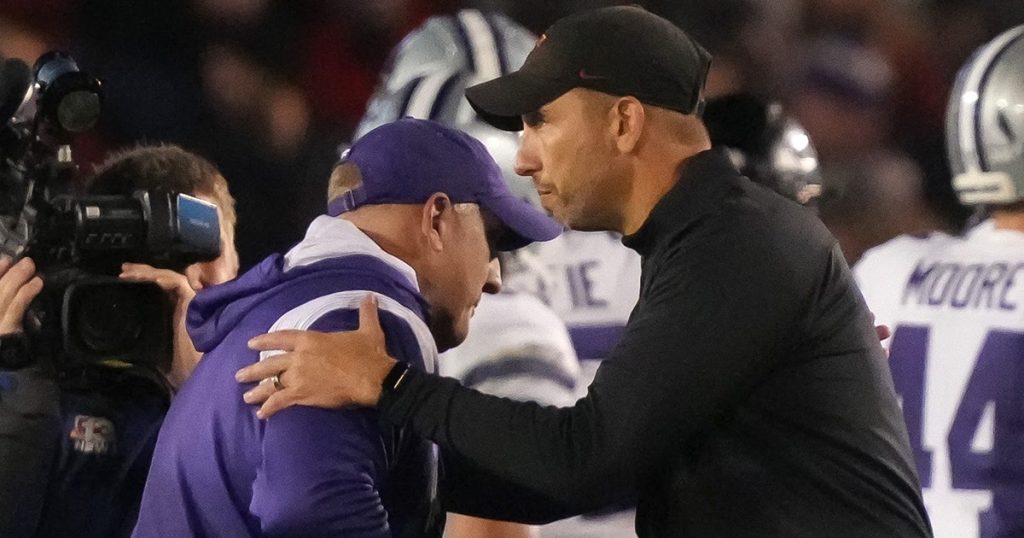Paul Finebaum, a prominent voice in college football, recently shared his thoughts on the complexities of the sport. While the excitement on the field remains high, he argues that the structure and competition within college football create challenges that the NFL simply does not face. With college football ratings breaking records year after year, it raises the question: why can’t it achieve the same level of success as the NFL?
Unique Challenges in College Football
One of the most significant differences between college football and the NFL is the competitive landscape. In college football, teams are constantly vying for advantages, whether through recruiting or securing lucrative media rights deals. This competition leads to a fragmented environment where each conference operates independently, often at odds with one another.
Finebaum pointed out that “the NCAA is a disaster.” Unlike the NFL, where teams work together under a unified structure, college football lacks a central authority. “Nobody in college football answers to anyone,” he emphasized. This absence of leadership complicates efforts to create a cohesive vision for the sport.
The NFL’s Unified Approach
So, what makes the NFL so successful? Finebaum believes it comes down to a singular focus and collaboration among its stakeholders. “The one thing the NFL has going for it that college football doesn’t is everyone is rowing the boat in the same direction,” he explained. The NFL has successfully aligned major networks to broadcast its games, ensuring a unified approach to promotion and viewership.
While college football is also aired on multiple networks, including ESPN and FOX, the presence of conference-specific networks complicates matters. Each conference competes fiercely for media rights deals, resulting in a convoluted landscape where “everybody’s got a different approach,” according to Finebaum. This lack of cooperation ultimately detracts from the overall product.
Financial Security and Media Rights
The financial dynamics of the NFL further illustrate the disparity between the two leagues. In the NFL, rules and revenue-sharing models provide financial security for all teams. Every franchise benefits from the league’s success, which fosters a sense of unity and collaboration. In contrast, college football teams are left scrambling for guaranteed television contracts, leading to a chaotic and ever-changing environment.
Over the past two years, we’ve witnessed a massive transformation in the college football landscape as teams seek to secure their financial futures. This scramble for stability is a direct result of the lack of a cohesive framework that the NFL enjoys.
Learning from the NFL
Finebaum suggests that college football could benefit from looking to the NFL for guidance. He believes that leaders like SEC commissioner Greg Sankey and Big Ten commissioner Tony Petitti should engage in discussions with NFL commissioner Roger Goodell. “They have to sit down with Roger Goodell and strike some sort of accommodation because I think Goodell is a college football fan,” Finebaum stated.
The potential for collaboration could lead to a more unified approach to scheduling and promotion, ultimately benefiting the sport as a whole. Finebaum pointed out an example where the NFL scheduled marquee games on the same day as significant college matchups, which he found puzzling. “What did he gain from playing those two marquee games on December 20, at the same time that Penn State was playing and later when Texas was playing?” he questioned.
The Future of College Football
As college football continues to evolve, the need for a more organized structure becomes increasingly apparent. The sport thrives on passionate fans, thrilling games, and rich traditions. However, without a unified approach, it risks losing its place in the sports landscape.
The challenges are clear: competition among conferences, a lack of centralized leadership, and the struggle for financial stability all contribute to the complexities of college football. Yet, with the right strategies and collaboration, there is potential for growth and success.
In the end, the question remains: can college football learn from the NFL’s model and create a more cohesive and prosperous future? The answer may lie in the willingness of its leaders to come together and forge a new path forward. As the sport continues to capture the hearts of millions, the hope is that it can rise to the occasion and unite for the love of the game.

